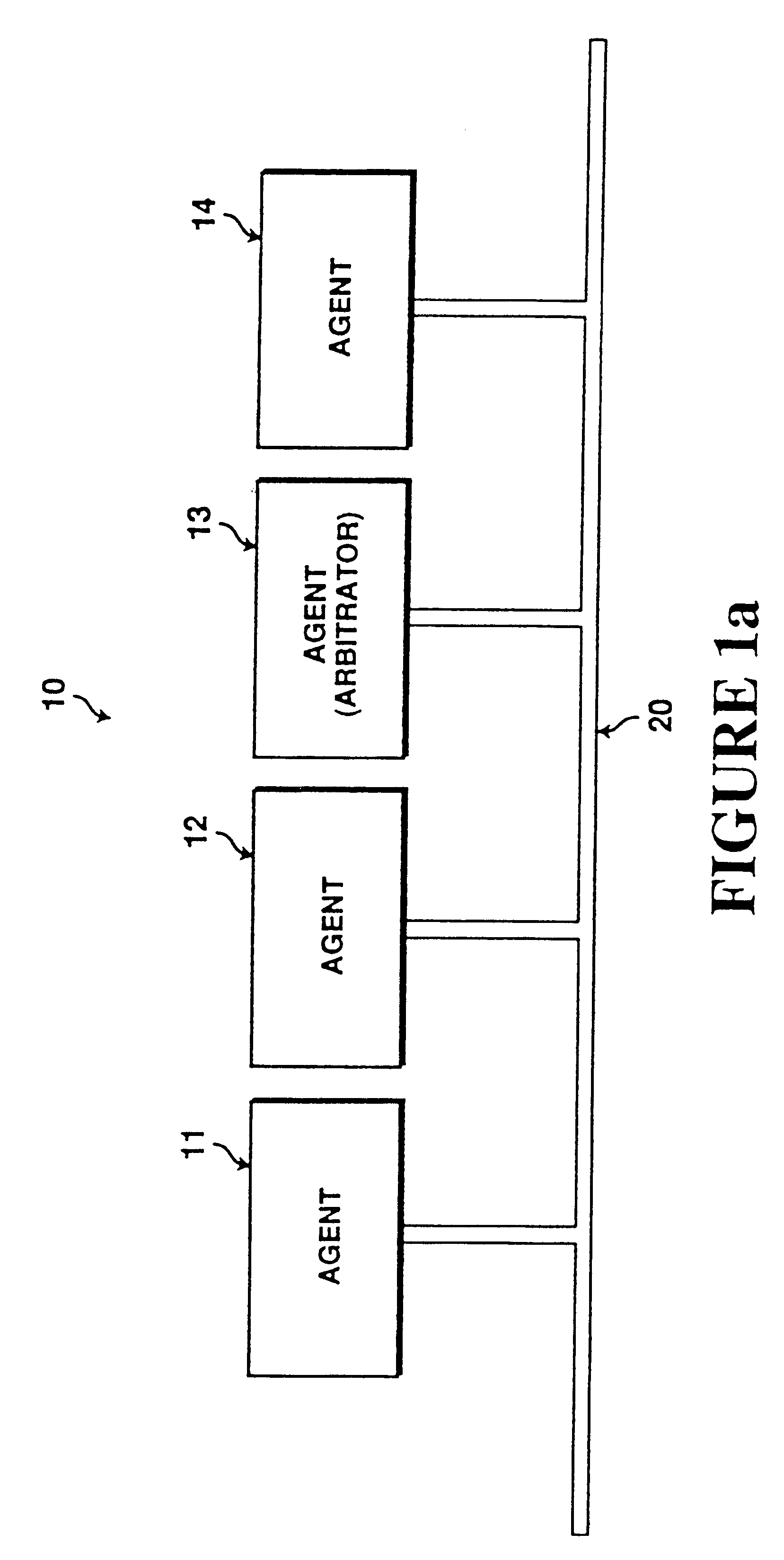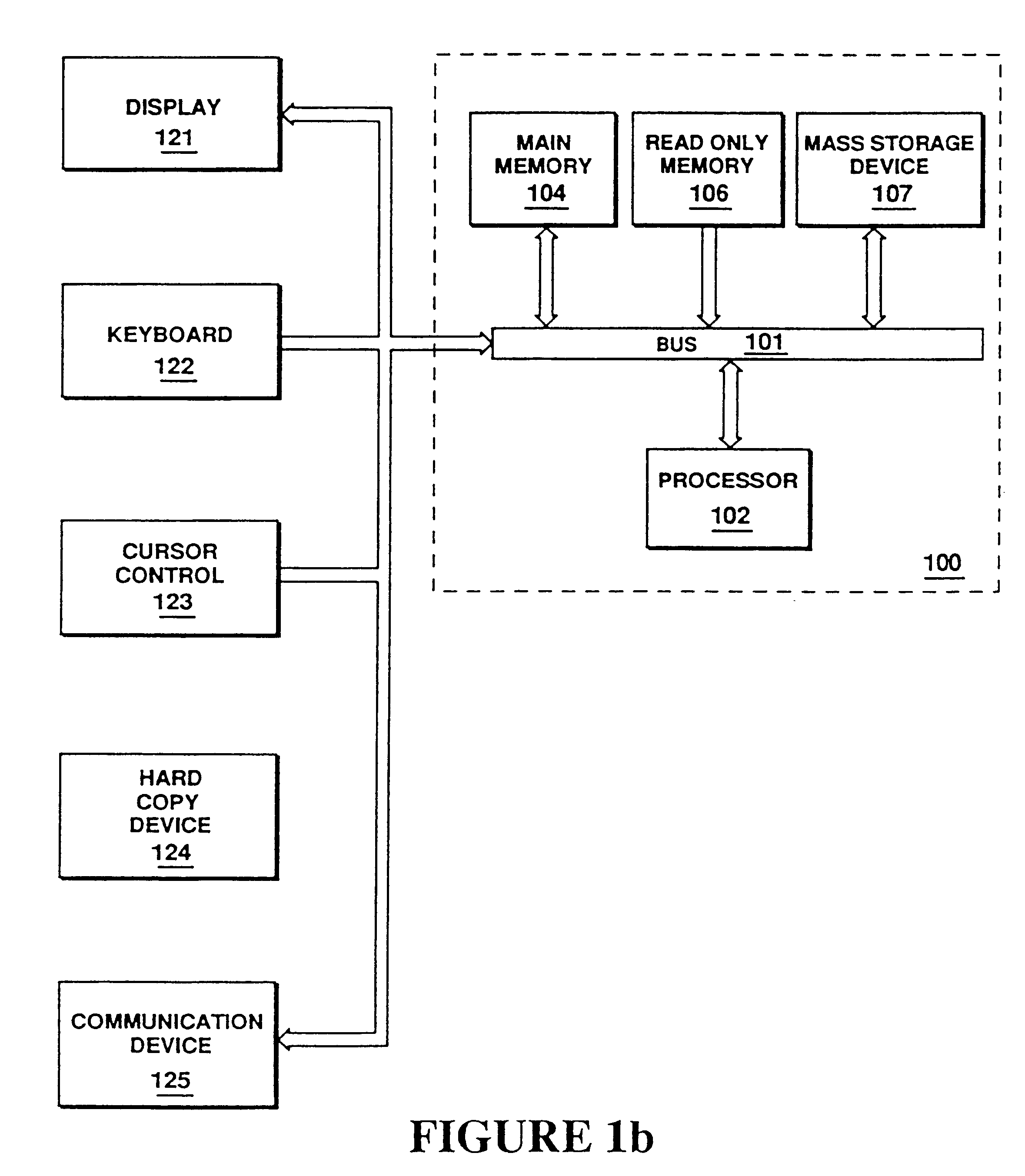Deferred sychronization of distributed objects
a distributed object and sychronization technology, applied in the field of deferred sychronization of distributed objects, can solve the problems of severe performance problems, reliance on the architecture itself, and performance suffers
- Summary
- Abstract
- Description
- Claims
- Application Information
AI Technical Summary
Benefits of technology
Problems solved by technology
Method used
Image
Examples
Embodiment Construction
The present invention relates to methods and apparatus for .Iadd.data .Iaddend.communication between agents.Iadd., such as those .Iaddend.in an electronic conferencing system. Although present invention will be described with reference to .Iadd.electronic conferencing, including .Iaddend.specific signal names, formats, time intervals and other specific information, these are to be viewed to be used for illustration purposes only and not to be construed as limiting the present invention. It can be appreciated by one skilled in the art that .Iadd.the present invention may be practiced in other application areas, and .Iaddend.many departures and modifications may be made without departing from the overall spirit and scope of the present invention.
As illustrated in FIG. 1a, a communication system may comprise a plurality of agents such as 11-14 which are all coupled to a communication medium, e.g., 20 illustrated in FIG. 1a. In certain embodiments of the present invention, each individu...
PUM
 Login to View More
Login to View More Abstract
Description
Claims
Application Information
 Login to View More
Login to View More - R&D
- Intellectual Property
- Life Sciences
- Materials
- Tech Scout
- Unparalleled Data Quality
- Higher Quality Content
- 60% Fewer Hallucinations
Browse by: Latest US Patents, China's latest patents, Technical Efficacy Thesaurus, Application Domain, Technology Topic, Popular Technical Reports.
© 2025 PatSnap. All rights reserved.Legal|Privacy policy|Modern Slavery Act Transparency Statement|Sitemap|About US| Contact US: help@patsnap.com



